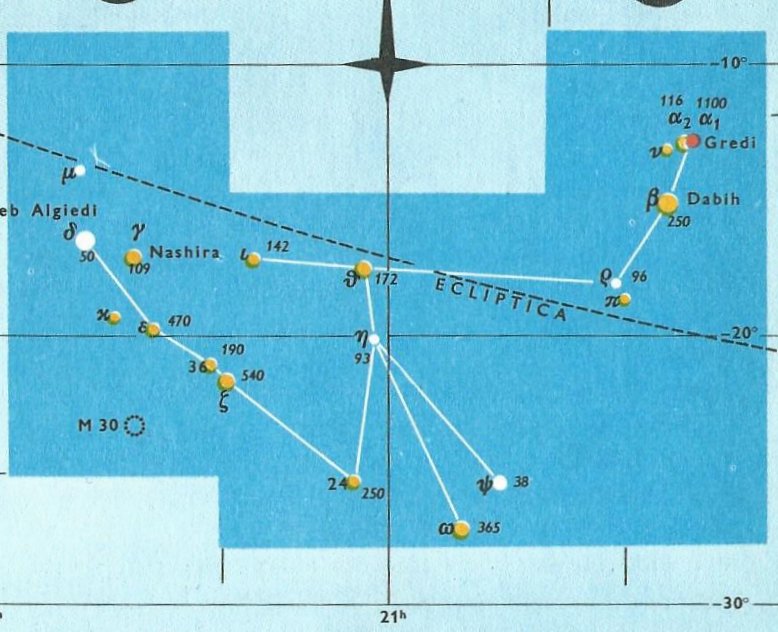Once again. By adopting the star Bharani (*41.4) as a guide when reading Manuscript E and also when reading the rongorongo text on the G tablet it is possible to perceive the meaning of the 3 + 1 set of tao glyphs with a faint 'navel' sign;
We should begin at Spica, where the Chinese had their first station. Gb7-17 → 17 weeks = 119 = 4 * 29½ + 1.
*202 + 80 = 282 (October 9). This corresponded to day 282 - 41 = 241 (= *161 = *202 - *41) according to the epoch of Bharani, i.e. to "August 29 (*161).
241 ("August 29) - 19 = 222 ("August 10) was at heliacal Alchita. *183 - *41 = *142 = 222 - 80.
At the time of Bharani the seed for a new generation (Spica) was seen close to the Full Moon in day 58 (= 2 * 29 → 229 → 584 - 355).
Tao. 1. To cook in an oven, to sacrifice. P Mgv., Mq., Ta.: tao, to cook in an oven. 2. To carry away. 3. Abscess, bubo, scrofula, boil, gangrene, ulcer, inflammation, sore. Mgv.: taotaovere, small red spots showing the approach of death. Mq.: toopuku, toopuu, boil, wart, tumor. Ta.: taapu, taapuu, scrofula on neck and chin. 4. Mgv.: a lance, spear. Ta.: tao, id. Sa.: tao, id. Ma.: tao, id. 5. Mgv.: taotaoama, a fish. Sa.: taotaoama, id. 6. Ta.: taoa, property, possessions. Ma.: taonga, property, treasure. Churchill. Sa.: tao, to bake; taofono, taona'i, to bake food the day before it is used; tau, the leaves used to cover an oven. To.: tao, to cook food in a oven, to bake. Fu.: taò, to put in an oven, to cook. Niuē: tao, to bake. Uvea: tao, to cook, to bake. Ma., Rapanui: tao, to bake or cook in a native oven, properly to steam, to boil with steam. Ta.: tao, the rocks and leaves with which a pig is covered when cooking; baked, boiled, cooked. Mq., Mgv., Mg., Tongareva: tao, to bake in an oven ... The word refers to the specific manner of cookery which involves the pit oven. The suggestion in the Maori, therefore, does not mean a different method; it is but an attempt more precisely to describe the kitchen method, a very tasty cookery, be it said. The suggestion of boiling is found only in Tahiti, yet in his dictionary Bishop Jaussen does not record it under the word bouillir; boiling was little known to the Polynesians before the European introduction of pottery and other fire-resisting utensils ... Churchill 2. Kao-kao, v. Haw., be red. Root and primary meaning obsolete in Haw. Sam., tao, to bake. Marqu., tao, bake, roast, sacrifice. Tah., tao, baked, boiled, cooked. Greek, καιω, Old Att. καω, to light, kindle, burn, scorch. According to Liddell and Scott, Pott refers καιω to Sanskrit çush, be dry, but Curtius rejects this. In Dravid. (Tamil) kay, to be hot, burn. Fornander. South of the equator Spica had to be in the north rather than in the south, because up was in the direction of the South Pole.
|
||||||||||||||||||||||||||||||||||||||||||||||||||||||||||||||||||||||||||||||||||||||||||||||||||||||||||||||||||||||||||||||||||||||||||||||||||||||||||||||||||||||||||||||||||||||||






